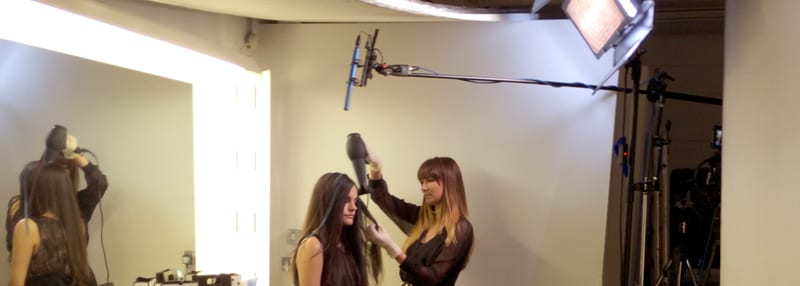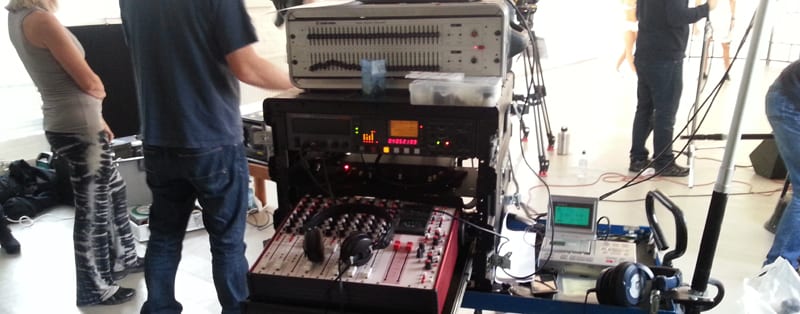Better audio means better media production
Sound is incredibly important to any video or media production and if it’s done wrong, no amount of post-production will correct it. Getting the sound right on shoot is critical, it doesn’t matter how beautiful your images are, if the sound is not upto scratch it will directly impact the perceived production quality of your film (and therefore your brand) significantly. There are several different types of microphones you can use and knowing which one is correct for the job is important. However in the world or corporate video marketing there are essentially 2 types of mic that are the most frequently used.
Clip-On Microphone (Sometimes Called Lavalier, Tie-Clip or Lapel)
Clip on mics are very common for talking head interviews, and for small crew media production shoots. The benefit of these is that they are small, easy to hide on the subject and do a fantastic job of picking up the audio. They are also easy to carry around and can be set up and used quickly by the camera operator allowing you to use a minimal crew.
The Speaker simply places a radio pack in their pocket or somewhere that can’t be seen and then the microphone is clipped on at around chest height. It’s important to make sure that you hide the cables as these can look rather ugly, so we suggest that you run the cable under the shirt or jacket of your subject. The only downside to this is that they will pick up some fabric rustle if they move too much, so having someone monitor the sound as its recorded is important.
In some cases, a boom microphone may be more appropriate. This is not always the case.
Boom Mic (Also Referred to as a Shotgun Mic)
A boom mic is a microphone usually attached to a long pole and held by a boom operator, or if no movement is required then they can be placed on a stand. These mics are a lot bigger and usually hover somewhere above the speaker out of shot. They are incredibly useful for directional sound, which means that if you point it in one direction it will only pick up the sound that it is aiming at. This is excellent when you have to follow a speaker or film outdoors and helps ensure that all you record is the dialogue and not the sound of whatever else is happening in that area. The only drawback to these is that you need an extra crewmember to operate them, usually a dedicated boom operator who will monitor it at all times.
Environment
Location and environment can be an important factor in media production. You’ll ideally want to avoid places that create too much background noise if you need to focus on a speaker. You’ll also want to be aware of wind noise if shooting outside. When filming indoors just remember that the aircon can also be your worst enemy. If possible ask the venue to turn the Aircon off, however if this is not an option do monitor the sound to ensure that you’re not picking up unwanted hum from the location’s Aircon system.
A sound desk for multiple audio sources.
Now the point of this post is not to prove that you need to spend thousands on sound equipment for media production. In fact the audio part of most budget is a very small portion unless you’re recording live music. However don’t dismiss sound within your production as the impact it has on your final video will be important.
In a nutshell the viewer won’t notice “Good” sound recording but you can bet your house that they’ll instantly pick up on bad sound!
To find out more about us and our services, please click here.


